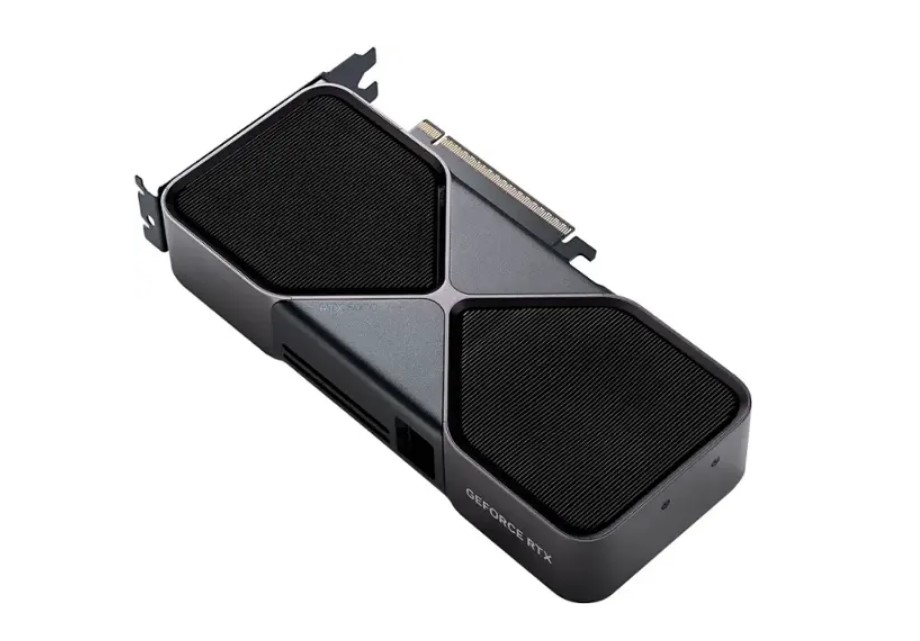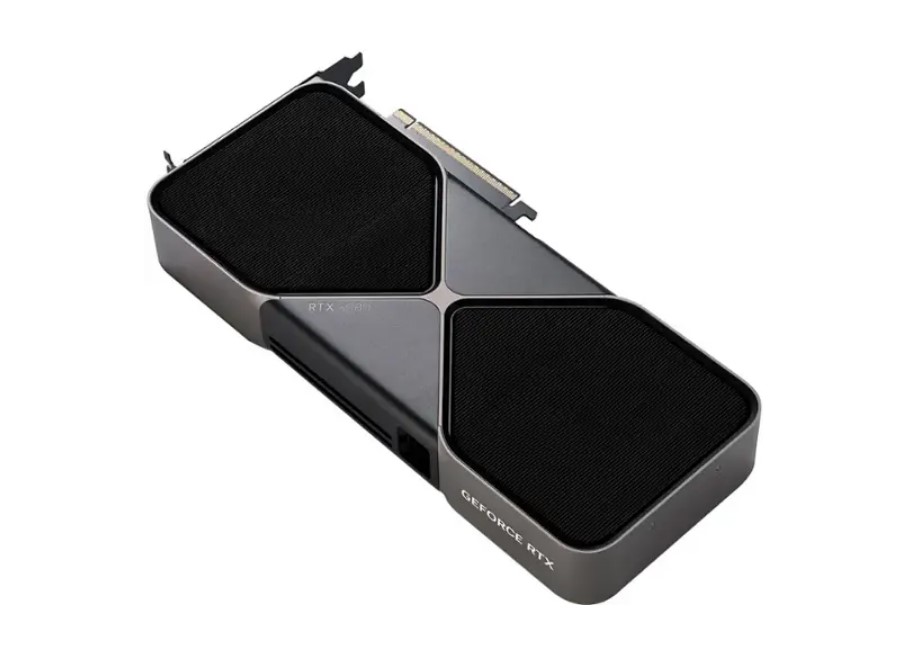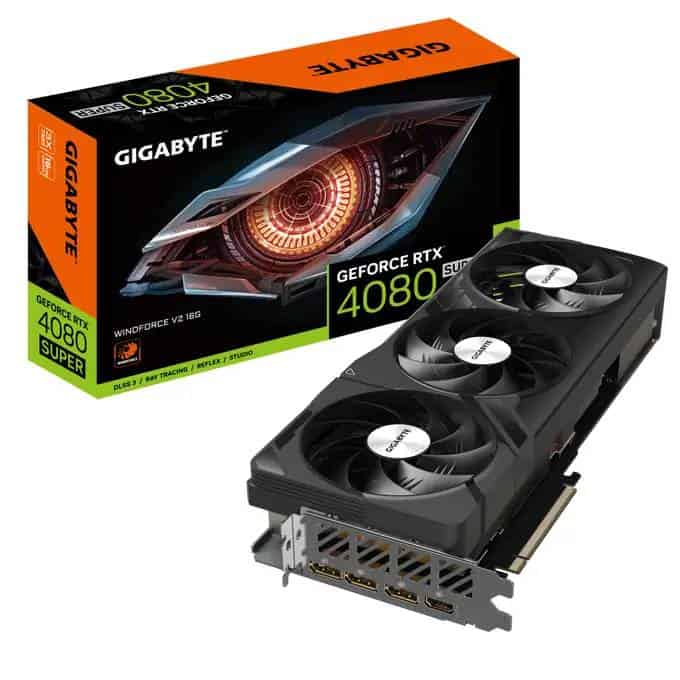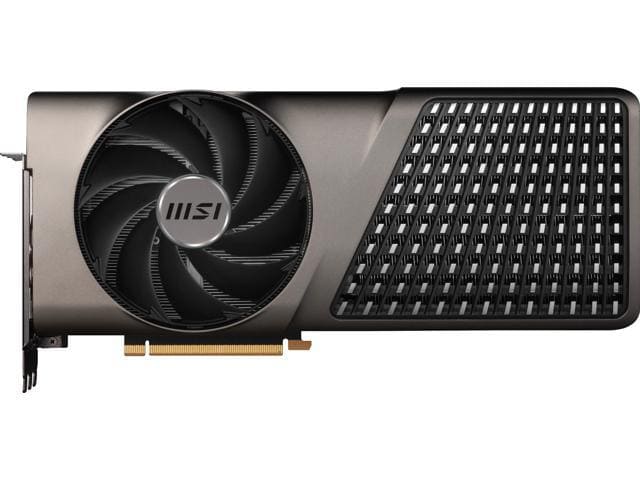RTX 5070 vs RTX 5090 specs comparison – how do they compare on paper?
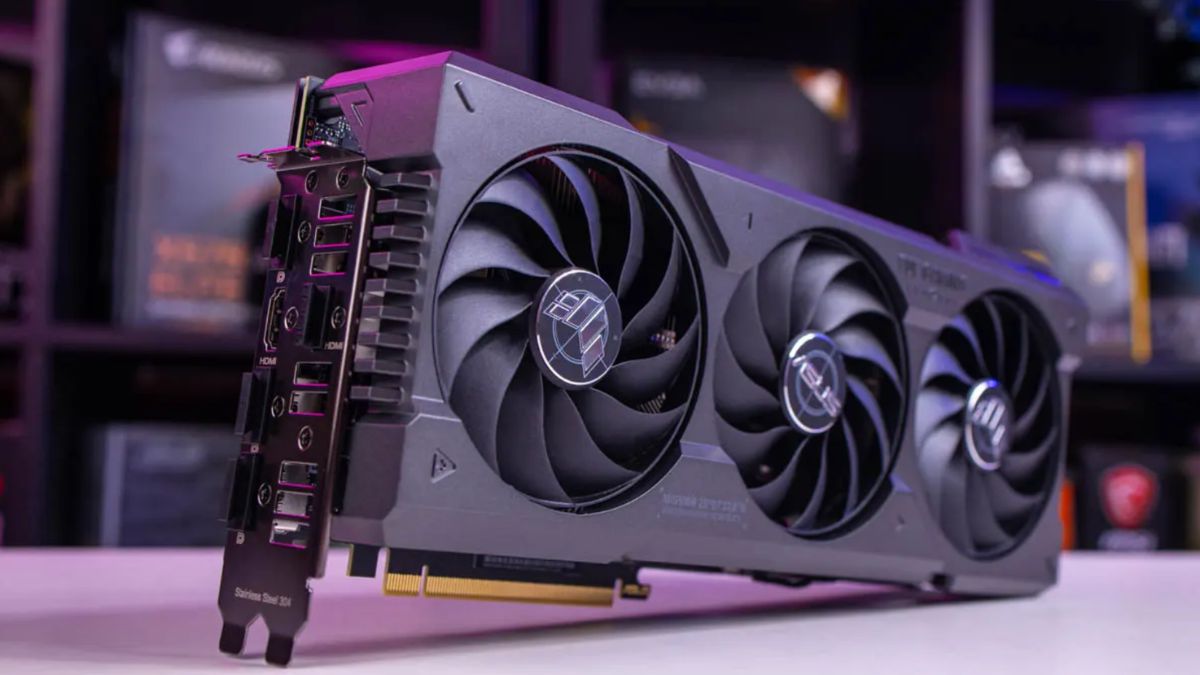
Table of Contents
With the RTX 50 series release taking the market by storm, we find out what the mid-range level cards have to offer. In fact, the RTX 5070 Ti has been released, and while the RTX 5070 was supposed to drop with it, it has been delayed. Stock issues are prevalent with the RTX 5070 Ti and you’d be lucky enough to get one at MSRP. However, it might not be as competitive with the RTX 5070 as that is the least anticipated card according to our polls.
Even before the release, users reported to being able to buy the graphics card and paying above the MSRP. That might explain why the RTX 5070 release has been pushed back to March to possibly build up more stock of the card, so more people can actually buy it.
As for their performance, Nvidia suggested the 5070 will reach the level of 4090. That is likely with quite the help of DLSS 4 and using multi-frame gen to make up the difference. The RTX 5070 Ti reviews only help solidify the thought that the 5070 can’t compete with the 4090 in raw performance.
In the RTX 5070 Ti reviews, we see it placed ahead of the RX 7900 XTX and just behind the RTX 4080 Super, meaning the 5070 has no hopes of delivering 4090-level performance natively. This can help you pick out the right one for our needs and if it meets the desired performance. We’ll evaluate this oursleves once we can get our hands on and through our testing lab, so here’s how they compare so far.
RTX 5070 vs RTX 5090 specs comparison
| Specifications | RTX 5070 | RTX 5070 Ti | RTX 5090 |
| Cores | 6144 | 8960 | 21760 |
| Base clock speed | 2.16 GHz | 2.3GHz | 2.01 GHz |
| Boost clock speed | 2.51 GHz | 2.45GHz | 2.41 GHz |
| Memory | 12 GB GDDR7 | 16GB GDDR7 | 32 GB GDDR7 |
| Memory interface | 192-bit | 256-bit | 512-bit |
| Bandwidth | 672.2 GB/s | 896 GB/sec | 1.79 TB/s |
| TDP | 250W | 300W | 575W |
| Size | 242 mm x 112 mm x 40 mm | 2x PCIe 8-pin cables or 300 W or greater PCIe Gen 5 cable | 304 mm x 137 mm x 40 mm |
| Release Date | March 2025 | February 2025 | 30th January 2025 |
As you can see in the table above, the RTX 5070 is no match for the RTX 5090 in any way. While it offers decent specifications for a mid-range card, the 5090 dominates it in every category.
Memory
VRAM is something every PC enthusiast looks at before getting a GPU. The higher the memory of the card, the more data it can store, leading to better performance in graphics-intensive tasks.
The RTX 5070 is a mid-range card and offers 12 GB of GDDR7 memory. On the other hand, the RTX 5090 is the flagship model of the RTX 50-series and Nvidia decided to go all in with it by packing 32 GB of GDDR7 memory inside it, which is absolutely massive.
So, there's a difference of 20 GB VRAM between the two cards, which clearly indicates that the 5090 will leave the 5070 behind with a huge margin in terms of raw performance.
Clock speeds and cores
Cores are an important part of the GPU, responsible for handling multiple tasks smoothly. The RTX 5070 offers 6,144 CUDA cores. While these might look decent, they're nothing when compared to the RTX 5090, which offers a whopping 21,760 cores.
Both cards are built on the Blackwell architecture, which offers significant improvements over the previous one. On top of that, they have the fifth-generation Tensor Cores and fourth-generation RT cores. However, even though both of them have the same type of cores and architecture, the difference of over 15,000 cores puts the 5090 way ahead of the 5070. But again, we're comparing the flagship GPU with a mid-range option, so this was already expected.
Clock speeds are used to determine the amount of instructions a GPU can execute per second. The RTX 5070 has a base and boost clock speeds of 2.16 GHz and 2.51 GHz, respectively. On the other hand, the RTX 5090 operates at a base frequency of 2.01 GHz, which can go up to 2.41 GHz.
Now, you might be thinking that there's finally an area where the RTX 5070 takes the lead. However, while this might seem true on paper, higher clock speeds don't really give it much of an advantage. This is because even with slightly lower speeds, the 5090 will still deliver significantly better performance due to over 15,000 more cores and 20 GB more VRAM.
DLSS 4 and Reflex 2
During CES 2025, Nvidia announced different products and technologies, but one of the main highlights for RTX users was DLSS 4. For those who don't know, DLSS is Nvidia's upscaling technology, which improves the performance of RTX cards by helping them deliver more FPS in games.
Right now, RTX users are using DLSS 3.5. However, its new version, DLSS 4, will be released alongside two RTX 50-series GPUs at the end of this month. But what makes DLSS 4 so special is Multi Frame Generation, a feature that is exclusive to the RTX 50-series.
Multi Frame Generation offers up to three additional frames. Nvidia shared a video on their YouTube channel, in which they compared different DLSS versions to show how much improvement the latest one offers. In the video below, you can see that without DLSS, they were getting only 27 FPS in Cyberpunk 2077. DLSS 2 took the FPS to 71, while DLSS 3.5 helped boost it to 142. However, with DLSS 4 turned on, they were getting over 100 more FPS, around 243.
Nvidia also claims that the RTX 5070 will offer performance similar to the RTX 4090, and it is most likely because of DLSS 4. However, this won't mean that it will be able to close the gap with the RTX 5090, as the flagship model will also use the latest DLSS version to further boost the performance.
DLSS isn't the only technology that has received a big improvement, as Nvidia also announced a much better version of Reflex. While DLSS helps boost the FPS, Reflex reduces the latency, which makes the gameplay smoother.
Reflex was released back in September 2020, and the technology has helped many gamers reduce latency in games since then. And now, Reflex 2 promises to help improve things further by working together with another feature called Frame Wrap.
In the image below, Nvidia reveals how Relfex 1 took the latency down from 56 ms to just 27 ms in The Finals, which is pretty impressive. However, Reflex 2 stole the spotlight here, as it reduced it to just 14 ms. It is important to keep in mind that Nvidia tested this at 4K resolution with DLSS Quality Mode enabled.
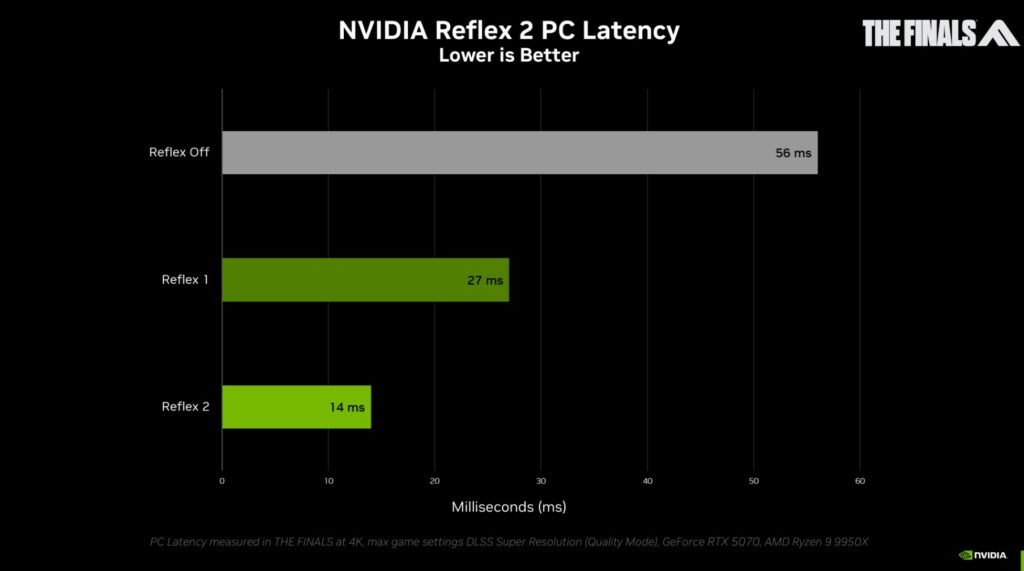
Size and dimensions
The RTX 5090 boasts a much more slimmed down construction than the RTX 4090, going from a three-slot design to two-slot – meaning it takes up less room on the motherboard. This slimmer design actually bucked a trend for Nvidia, as it was recently confirmed one its videos that they toyed with the idea of a larger card, before changing course and going smaller. It’s dimensions are 304 mm x 137 mm x 48 mm for the Founders Edition, but of course the RTX 5090 AIB models vary.
The RTX 5090 weighs in at 4.01lbs, which is about 16% lighter than the 4090. Not bad, and something that will undoubtedly further offset any sag.
On the RTX 5070 front, we haven’t got any information about the sizing asides from the AIB models – and that goes for the RTX 5070 Ti too. This ASUS Prime GeForce RTX 5070 comes in at 306 mm x 126 mm x 50 mm, so slightly shorter than the RTX 5090 FE. And this ASUS TUF RTX 5070 Ti comes in at 329 x 140 x 62.5 mm, which is significantly larger across the board.
Based purely on this, we could assume that the RTX 5070 is going to be a little shorter than the RTX 5090, and the RTX 5070 Ti will be thicker than the 5070 and 5090.
Performance
Looking at the reviews of the RTX 5070 Ti gives an insight into the performance it can achieve. As in 4K, the 70 model falls behind the 90 series by around 73%; in 1440p, that falls to 54%; at 1080p, that’s down to 36%. But going trhough any resolution, the 5070 Ti is still a greatly capable GPU.
It still gets above 60 FPS at 4k and stands high in the leaderboard in performances across the board. Of course, it falls behind the 5090, which has a lot more VRAM and sheer power behind it, but for a much higher price. Once we get our tests done, we’ll be able to provide our own first-party benchmarks to find out how the two compare.
It puts the RTX 5070 Ti on par with AMD’s RX 7900 XTX and just falls behind the RTX 4080 while putting it strongly ahead of the RTX 4070 Ti Super.
Once again, it gets a big boost from DLSS 4, though, as in 4K with full ray tracing in Cyberpunk 2077, it gets around 15FPS with full ray tracing. Only with Frame Gen 2x does that jump up to a roughly 59FPS average, as the 4x impressively jumps up to 110FPS.
In 1440p, that averages a 33FPS with no help. Increasing it to 109 FPS, putting it on par with the RTX 4080, in fact, with frame gen. But the extra boost of 4X multi-frame gen gives it an increase up to 196, at the cost of the latency, so it may not be the ideal use case.
RTX 5070 vs RTX 5090 – price comparison
The RTX 5070 will launch with a price tag of $549 and the 5070 Ti at a price of $729. However, keep in mind that this will be for the base model only, as the third-party models will enter the market with higher price tags. You can expect them to be priced between $650 and $700.
On the other hand, the RTX 5090 will have an MSRP of $1,999. Again, this is for the base model, and the third-party variants will cost somewhere around $2,300 to $2,400.
Early impressions
The RTX 5070 is shaping up to be a solid card for multiple resolutions. It offers a better memory type than its predecessor, as well as more cores, better clock speeds, and a newer architecture. On top of that, according to Nvidia, the card will also offer performance similar to the RTX 4090 thanks to DLSS 4, which is highly impressive considering the 4090 costs over $2,000, while the 5070 will launch with a price tag of just $549.
The 5090, on the other hand, is the flagship GPU of the 50-series, so the 5070 is no match for it. It offers 32 GB of VRAM, which is the highest we’ve seen yet in gaming GPUs. However, with the 5070, we were hoping to see at least 16 GB of VRAM, as video games are getting demanding and now require more VRAM for smooth performance.
In any case, once our review of the cards goes live, we’ll make sure to update this guide with real-world benchmarks.
-
Gigabyte RTX 4080 Super Windforce V2
- GPU: AD103
- CUDA Cores: 10,240
- VRAM: 16GB GDDR6X
- Bandwidth: 736.3 GB/s
- Memory bus width: 256-bit
- Base clock speed: 2295 MHz
-
PNY GeForce RTX 4080 Super 16GB Verto Overclocked
- CUDA Cores: 10,240
- VRAM: 16GB
- Bandwidth: 736.3 GB/s
- Memory bus width: 256-bit
- Base clock speed: 2295 MHz
- Boost clock speed: 2565 MHz
-

